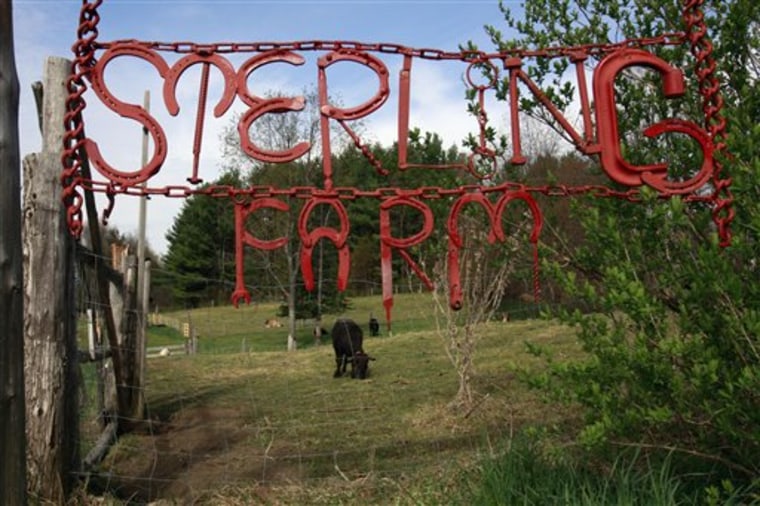The 92 students at Sterling College are used to roughing it — they learn how to use an ax, sleep outside in the winter and raise a quarter of their food.
But the recession created a new hardship, forcing administrators to plead with the cash-strapped state for $350,000 for a new dorm that it hopes will attract the minimum of 115 students it needs to survive.
Over the weekend, legislators added the money to a final budget, though a threatened veto by the governor over tax issues means the school is not out of the woods yet.
"Some people are terrifically angry at me in this state," said President Will Wootton. "We've never asked for help; we got into trouble. You ask for help and you see what happens."
Nationally, the full picture of how the recession is affecting colleges is only starting to emerge, as schools begin to get word this month on how many students to expect in the fall. But it's clear that small colleges like Sterling, without big endowments to support financial aid, are most vulnerable.
Closures up in 2008
Nine degree-granting colleges closed last year, up from the more typical four in 2007, according to the American Council on Education. Several small Christian colleges are among those that closed most recently. Waldorf College, a small liberal arts school in Iowa, recently decided to sell itself to a for-profit, online university.
Sterling is among hundreds of distinctive, mission-focused colleges that make America's higher education system the most diverse and colorful in the world.
Set along a country road just 30 miles from Canada, it bears little resemblance to a traditional campus. Its classic New England clapboard buildings include logging and blacksmith shops, two barns, draft horses and greenhouses — but no food court, gym, or formal sports teams.
It is among the smallest four-year schools in the country, with just 57 employees. Graduation requirements include mastering an ax and crosscut saw as part of a hands-on environmental curriculum. Students raise their own food, and in winter take camping trips without tents.
States commonly help private colleges indirectly through student aid programs or by issuing bonds on their behalf. But only about five provide direct aid of the kind Sterling is seeking, said spokesman Tony Pals of the National Association of Independent Colleges and Universities.
Vermont isn't among them, and the idea of a private college getting money irks many in the state, which is struggling to fill a budget hole of more than $250 million.
Some Vermont newspapers editorialized against the request, and it upset administrators at some other of Vermont's independent colleges, Wootton said.
At Sterling — a four-year college only since 1997 — all students work at least 80 hours a semester and complete 10-week internships at a nonprofit organization, small farm or other group.
"The reason we can survive is, being a work college, we get a lot of work from the students and those students work in the community a lot," Wootton said.
Andrew Messenger, 23, of Concord, N.H., transferred to Sterling this year from an art school in Chicago.
"Most of all this place is teaching me how to be proactive, how to be self-directed, because I think throughout my life I've really depended on structured environments," said Messenger, who wants to be a crop farmer.
Relied on key benefactor
Donations from a major benefactor dried up with the sour economy and put on hold plans to add 25 beds, Wootton said. The college officially charges $26,500 but has only four or five students who pay the full rate without financial aid.
Colleges — including private ones — with "shovel-ready" building projects were allowed to apply for money from an $8.8 billion portion of the stimulus packages passed by Congress. But Pals said virtually all of the money designated for education from that pot has gone to K-12 projects. Sterling was told federal funding wouldn't be available.
The Vermont House had balked at helping Sterling with money from a nonprofit agency that provides aid to Vermont college students. Under the plan worked out over the weekend, the aid will come instead from the state's general fund, said state Sen. Vincent Illuzzi, R-Essex-Orleans, who pushed for the assistance.
Wootton hopes the agreement will enable Sterling to preserve its unique model.
"All colleges have experiential bits and pieces," he said. "But nobody does it like this."
